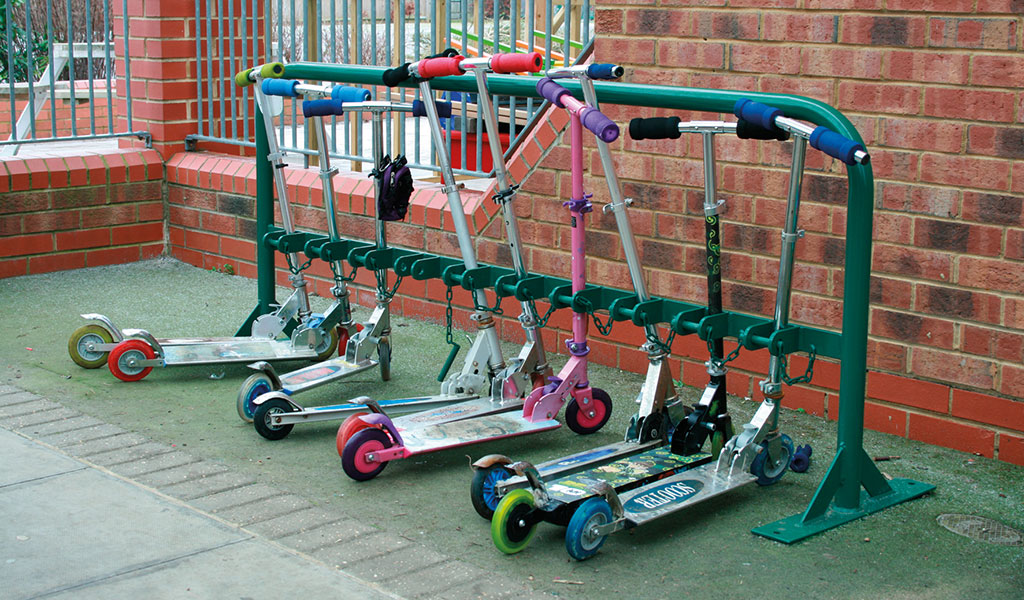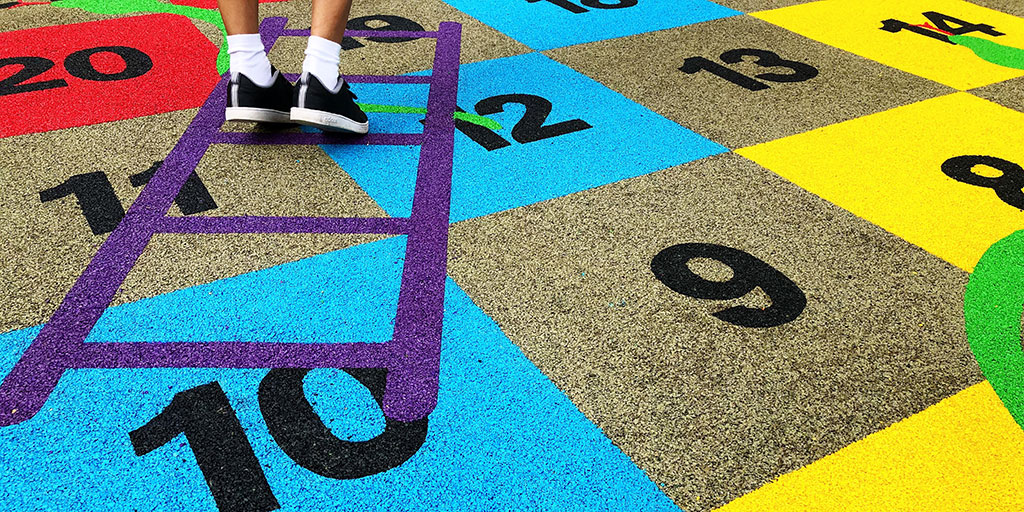1. Physical education needs to be collaborative – invest in it
Step away from the catch-up narrative and treat physical education as a part of developing children as a whole. Sidestepping that narrative will create room for creative options to engage pupils and achieve your PE development objectives. It’s time to consider active formulas for core subjects, add an active element to maths to teach subtraction or storytelling exercises with physical instructions.
Engage with pupils’ and guardians to gain their feedback. Once you have an idea of what their concerns, you can develop the school strategy to be truly demand led. Contact First Step PE, we can support you with activities, resource development and CPD.
2. Physical competence is not separate from the whole child
Connecting all types of physical activities with the entire curriculum means providing development for a child as a whole. For children to really benefit, your staff need to understand how to connect the dots. When they do, you’ll be on your way to calmer, happier, more engaged children, who are making leaps and bounds with their skills in class.
Help your staff build that confidence with the support of personal development courses and the support of activities groups. It shouldn’t stop there either. Communication should be a continuous cyclical motion, of providing resources to help parents and carers best support an active healthy lifestyle at home too.
3. Use physical education for the benefit of the whole school
Provide the types of experiences for children that will build activity into their lifestyle as a given.
All schools have targets, and they must be the focus, PE can play a part in achieving them. Use physical education to improve standards for the whole school. Targets for behaviour, punctuality, attainment levels can all be achieved using physical skills. Often children are naturally active. Feed their base need to run around with enrichment and active learning such as Active Phonics or Cross-Curricular Orienteering.
4. Audit your outdoor learning capacity
Look at your physical activity spaces and playgrounds and assess whether they really stimulate a child’s imagination. Consider how surfaces, walls and equipment are used to inspire self-play as well as directed activity. Maintenance is not enough, boost your staff’s ability to engage children with outdoor learning. Give them the confidence to get those children moving in creative ways with CPD training.
First Step PE have worked with over 300 teachers implementing our dynamic CPD service since the launch of the PE premium, whilst our training department offer INSET training specific to your schools requirements.
5. Encourage active low-emission travel
Encourage parents and carers to ditch the morning drop-off in the car with new cycle and scooter storage. Not only does it make the area around your school safer for walking, but you’ll benefit from better air quality. You can offer training for scooting and cycling, to help children learn common safety and road procedure, all while building their confidence in their local environments.
Walking, scooting, and cycling all teach a level of independence in their daily journeys, that sitting in the back of a car simply doesn’t. It teaches early awareness of their environment, not to mention the benefits of brisk exercise in the morning for early morning learning.

6. Use a high-quality PE Provision
First Step PE have over 13 years’ experience of supporting the planning and delivery of primary school physical activity provision. We offer quality-assured PE, sport and enrichment across Key Stage 1 and 2. We are your right hand throughout, from mapping to delivery.
7. Build on the landscape created by COVID-19
You can build on the online learning provisions that helped you shift education to remote learning, by helping to shift activity to children’s home life. Subscriptions and resource packages can provide you with ways to educated parents, carers and their children on keeping up their healthy lifestyles, with tips and tricks to follow. Setting up an online platform for monitoring progress, accessible to you and parents and carers can help keep up their activity levels outside of school.
8. Get pupils back in the water (safely)!
Swimming is not only a statutory curriculum requirement but it’s a lot of fun. Restrictions meant a massive 150,000 children didn’t meet requirements for 2019. With the 10.1 million investment in swimming and sports facilities, it’s time to get them paddling again. For more ideas, see the Return to Swim Guide.

9. Bring back competition
Bringing back competition can inspire and rebuild social and emotional wellbeing in children of all ages. Competition needs to be meaningful and have the intention of imparting value and skill. Intra-school competition can be as simple as sports days, and to reduce the risk of a negative experience with school sports competition’s, see the School Games reframing competition guide for more ideas.
10. Help pupils transition with physical activity
Provide some consistency for a year that has been laden with inconsistency. Activities centred around comprehension and skills development in cores subjects like Maths and English can help shake the rust off from the summer holidays.
There’s also an opportunity to explore linking the DfE Summer Catch up programme and the Holiday and Activities Food investment for a more connected and coordinated approach to supporting the transition of Year 6 this summer.




